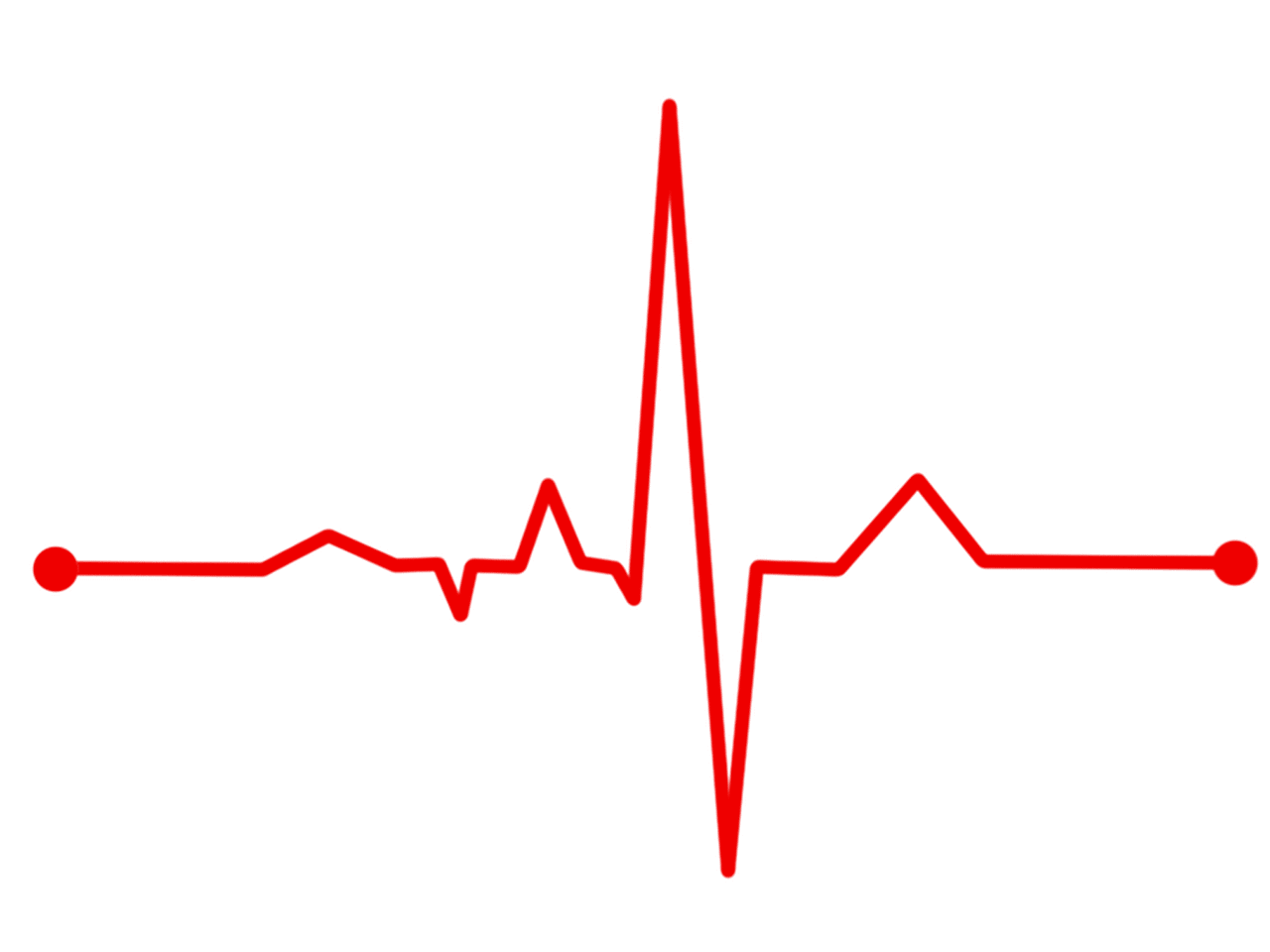Have you ever been in an emergency situation? If so, did you dial 911? In an emergency medical situation, even someone with first aid training may feel overwhelmed. It is always stressful to begin CPR when someone’s life is in danger.
However, a first responder is an essential link in the survival chain, and proper care for a wounded person can save a person’s life.
During cardiopulmonary resuscitation, blood is pumped to the body’s vital organs. CPR allows you to buy time. As a result, performing CPR as soon as possible is critical. This is because the heart can only function for about four minutes without oxygen-rich blood.
Keep the CPR training courses’ dos and don’ts in mind. It is beneficial to put these procedures into practice and to attend regular refresher First Aid classes.
The most effective way to gain the skills and confidence needed to assist someone in an emergency. This is accomplished through hands-on instruction from an experienced teacher. Some of the topics covered in emergency medical personnel and CPR courses must be understood.
What are CPR and First Aid?
Cardiopulmonary resuscitation (CPR) is an emergency procedure that involves chest compressions and, in many cases, artificial ventilation. This is an attempt to keep the brain functioning normally while additional steps are taken to restore spontaneous blood circulation.
Cardiopulmonary resuscitation affects people who are experiencing cardiac arrest. An injured person is always given first aid.

What Is The Difference Between First Aid And CPR?
First Aid classes typically cover a wide range of emergency situations, such as cuts and spinal injuries. When performing first aid, always wear personal protective equipment. CPR procedures are designed to help someone who is having a heart attack or going into cardiac arrest.
Taking both of these lessons can be extremely beneficial in the event of an emergency. CPR can improve a person’s chances of survival following a cardiac arrest.
CPR Do’s
Ensure that the victim is lying on a flat surface.
The proper location for chest compressions can be found by placing the heel of one hand on the breast bone in the center of the chest, between the nipples. Place your second hand on top of your first. Your two fingers should be interlocked away from your ribs.
Maintaining a 5-centimeter downward pressure while keeping your elbows straight
While releasing the pressure, keep your hands on the chest so that it does not rise.
Look for and remove any visible obstruction in the victim’s mouth-to-mouth breathing.
The head tilt helps to open the airway.
Insert a cardiopulmonary resuscitation CPR-aide if one is available.
Squeezing the soft areas of the person’s nose with your fingers will close it.
Take a rescue breath.
Put your mouth over the child’s mouth to create a strong seal.
Until you notice the victim’s chest rising, breathe into their mouth to rescue breathing. About one second should pass throughout this.
Raise your head, take a second breath, and then exhale again (two rescue breaths in total).
Make sure that tiredness does not result in insufficient compression rates. When two or more rescuers are performing hands-only CPR, they can alternate. The takeover must take place in less than five seconds.
Between compressions, the pressure on the chest must be released. Give two breaths after 30 chest compressions at a rate of 120 per minute.
After giving rescue breaths, if the chest does not rise, make sure that:
Look in the mouth and nose to ensure that the airway is not blocked. If you can’t see anything, avoid using your fingers to prod inside the mouth since you can push the obstruction hard into the neck.
The tongue is lifted when the chin is pressed straight enough.
Your mouth is completely sealed up, and you blow steadily into their mouth.
You’ve successfully closed your nose to prevent air from escaping.
Try two additional ventilations after opening the airway. Always perform chest compressions if you’re unable to get the chest to rise.

CPR DON’Ts
When performing hands-only CPR, keep your arms as straight as possible; avoid bending them. This is due to the fact that arm muscles wear out much faster than body weight. Keeping your arms straight makes it easier to maintain optimal depth and drive compression down with your body weight.
Do not bounce. You should perform uninterrupted chest compressions. Begin chest compressions by maintaining contact with the person’s chest using your hands.
Start chest compressions, but don’t rely on the patient in any way.
Compress from the opposite side to which you are kneeling.For the recovery position to proceed straight down, the first aid provider’s shoulders should be above the victim’s body.
Massage the victim by pressing your fingers beneath their skin. The first CPR steps are taken with the heel of the hand. One hand should be placed on top of the other, fingers extended away from the patient’s chest.
Do not stop CPR unless:
The provision of an Automated External Defibrillator AED is made by someone.
To relieve you, call 911 until the ambulance arrives or the healthcare providers show up.
The victim appears to be out of life-threatening conditions.
You can’t continue much longer
First Aid Training
The principles of first aid training include not administering aid immediately and always activating healthcare professionals first.
Quality CPR and First Aid Training Tips in Houston, Texas
We offer quality CPR training tips in Houston, Texas. The American Heart Association has certified instructors of the Houston-based Rapid CPR Houston organization. Our certified instructors have over 30 years of experience in CPR.
We intend to provide adequate CPR and first aid training. We are dedicated to certifying people from all walks of life.
Contact us for quality CPR knowledge so that you can be able to save a life.






